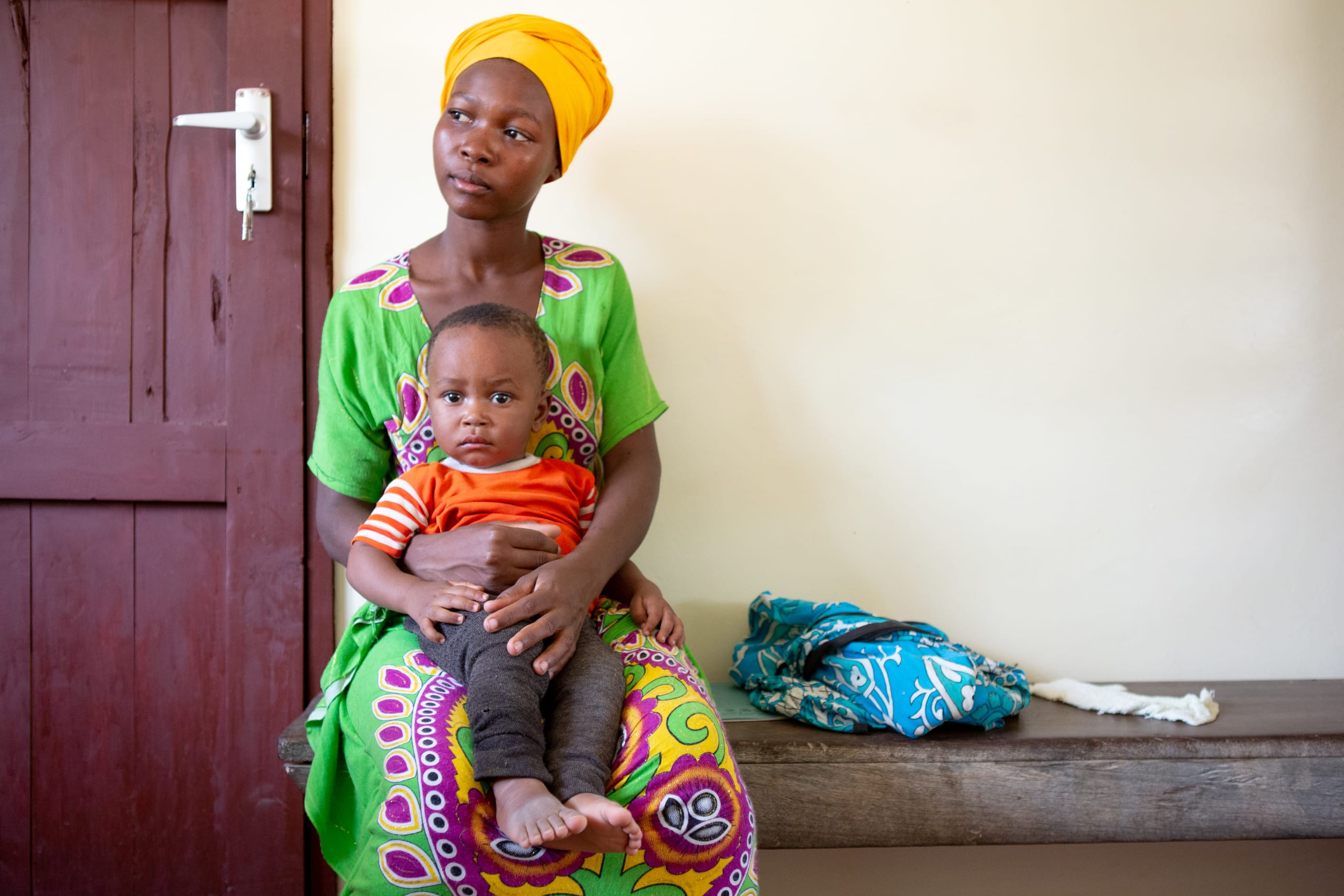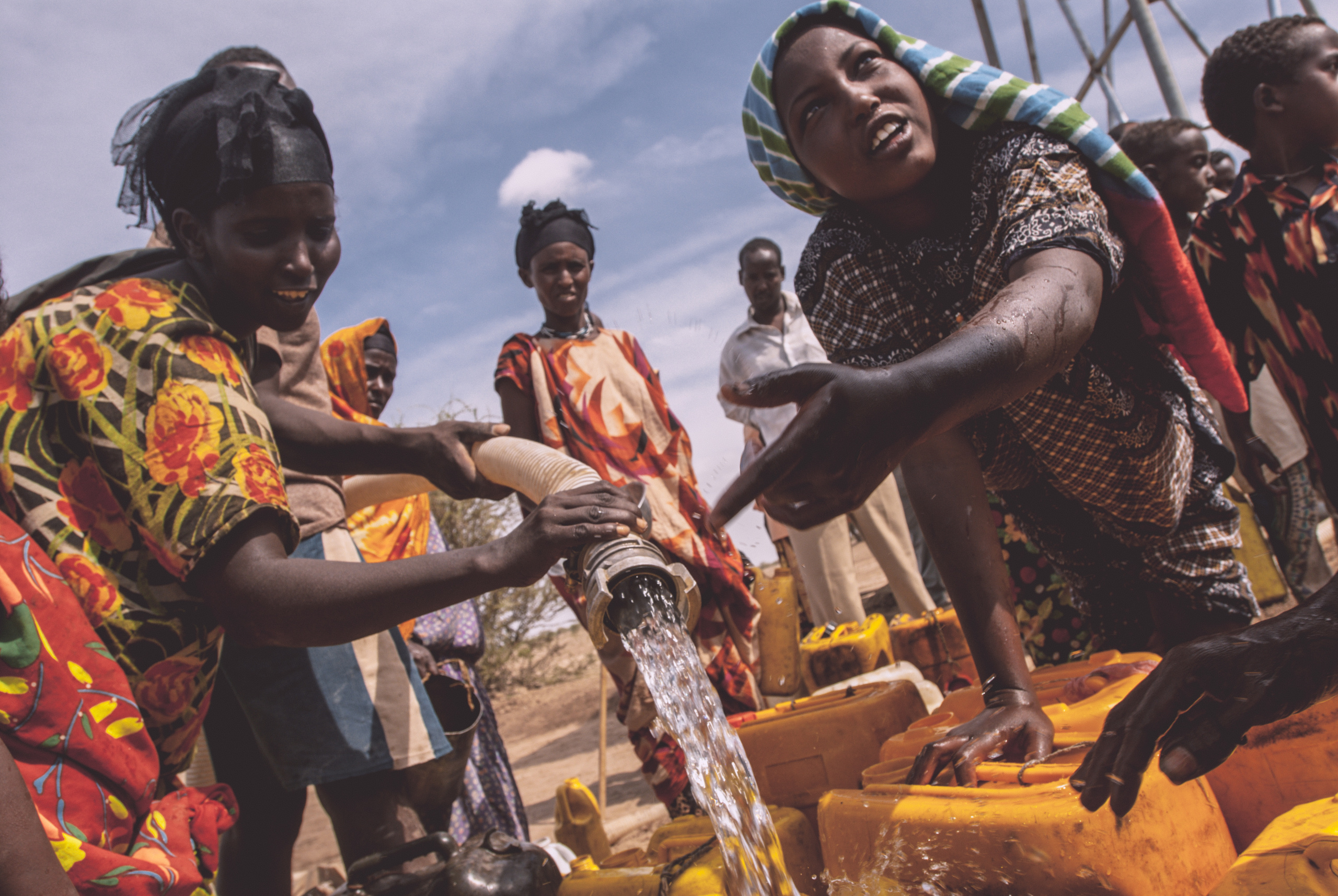Protecting Reproductive Rights
As PAI’s CEO, I’m often asked why we do this work. Of all the avenues to advance human prosperity and development, why sexual and reproductive health and rights? Why sexual and reproductive health and rights, when it seems that in too many countries—the United States included—the political climate is at worst hostile and at best indifferent to the needs and perspectives of women and girls?
Our answer is always that we believe that when women and girls can make their own choices about when and if to become pregnant, they can transform their lives and their communities. And we believe that the best way to catalyze that transformation is through deep partnership and engagement with civil society and communities who best understand the needs of the people they serve and who are both drivers of accountability and sources of technical expertise.
It is our mission to remove the barriers that stand between women and girls and their sexual and reproductive health and rights, because we understand that at its core, the right to health is about the right to self-determination. That is why the promise of universal health coverage (UHC) based on a primary health care approach is so powerful. Its mandate of health for all, that all people have the promotive, preventive, curative, rehabilitative and palliative health services they need—without exposure to financial hardship—represents the highest political and financial commitment to the fulfillment of health as a human right.
At PAI, we also see in universal health coverage an integrated, people-centered expression of many of the solutions we seek as a reproductive rights organization:
- Meeting the unmet need of the 214 million women globally who do not want to become pregnant but are not using contraception;
- Providing respectful, confidential, culturally-appropriate—and integrated—care for all people but especially women and girls, young people and other vulnerable populations;
- Increasing the availability, affordability and quality of sexual and reproductive health services and supplies, including improving contraceptive method range availability; and
- Reducing reliance on donor funds for health and increasing country ownership of family planning.
It is clear: The achievement of universal health coverage and the fulfillment of sexual and reproductive health and rights are part of the same equation.
Within that equation, we see primary health care (PHC), as a critical entry point. As the foundation of the health care system, strong PHC systems can ensure equitable coverage, increase access and improve the quality of services that citizens receive. Additionally, a primary health care approach includes awareness of and addressing the social, economic and environmental determinants of health, which are drivers of inequity impacting the health and wellbeing of women and girls. Unsurprisingly then, PHC systems are instrumental in meeting the needs of women and girls. Contraceptive services, antenatal and postnatal care, vaccines and nutrition support for infants can all be provided at the primary health care level in a high-performing system—helping to accelerate the achievement of the sustainable development goals.
Unfortunately, according to Tracking Universal Health Coverage:2017 Global Monitoring Report, “at least half the world’s population still lacks access to essential health services. Furthermore, some 800 million people spend more than 10 percent of their household budget on health care, and almost 100 million people are pushed into extreme poverty each year because of out-of-pocket health expenses.” As a whole, the health sector remains donor-dependent, under-funded and under-prioritized in most countries. The challenges of mobilizing governments, civil society, communities and other stakeholders can seem daunting, but progress is possible, such as in Peru where 19 different ministries came together to develop a multisectoral adolescent pregnancy prevention strategy or in Ghana where efforts to increase both access to health services and financial protection are ongoing.
Replicating—and sustaining—these successes requires collaboration across sectors by both governments and civil society. It must also be rooted in accessible and actionable data, and financial and technical support for civil society engagement at the global and local levels. Our approach is therefore guided by the core principles of access, equity and quality, which undergird primary health care and universal health coverage. In close collaboration with our global network of partners, we pursue the following strategies:
- Improving primary health care at the country level by strengthening health systems to deliver integrated essential health services, including sexual and reproductive health: The Primary Health Care Strategy Group convenes civil society health advocates from around the world to improve global and domestic financing and policy for primary health care systems.
- Increasing government accountability around sexual and reproductive health through budget advocacy: An important part of this is supporting civil society engagement in health financing policy reforms, including national health insurance schemes and essential health service benefits packages. The goal is to ensure that governments incorporate sexual and reproductive health information and services including contraceptives, safe abortion and post-abortion care into these mechanisms.
- Improving the quality of sexual and reproductive health services and supplies by addressing the structural determinants of quality.
For perhaps the first time in human history, a truly inclusive approach to delivering health care—including sexual and reproductive health—is within reach. Thankfully, sustaining momentum around universal health coverage, improving primary health care and ensuring a just and equitable future for women and girls are all part of the same endeavor. Our progress along that goal will only be possible through the ingenuity of our partnerships between civil society, governments, donors and the private sector, fostering accountability and increased country ownership—and an unwavering commitment to upholding the right to health for all.



